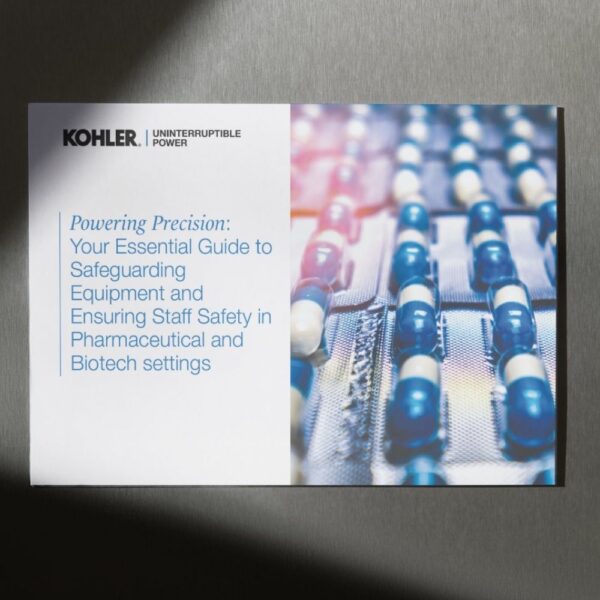One topic of universal concern created by the Covid-19 crisis is the pressure being felt by NHS staff of all disciplines. While risking their own safety and working in demanding conditions they also have the constant worry of being overwhelmed if admission rates increase excessively. This, of course, is the reason behind the regularly-broadcast Government mantra; “Stay at home, protect the NHS, save lives”.
Power problems can occur anywhere, anytime, in any electrical system, regardless of the design standards employed. Accordingly, it may be tempting to build in the highest possible resilience across an entire healthcare estate to avoid any risk to patient safety or business continuity arising from a power loss. However, real-world budgetary or space constraints typically make this approach unrealistic. In developing or reviewing policies to support critical life-supporting equipment, and other less-obviously critical yet still essential equipment, healthcare estate managers should consider the guidelines given by the Department of Health’s Health Technical Memorandum (HTM) 06-01: ‘Electrical Services supply and distribution’ document[i]. It details how to design protected power solutions that carefully balance each area’s critical resiliency needs against costs.
Your protected power system vendor can help
KOHLER Uninterruptible Power can advise health estate managers on how to meet the guidelines, as more fully detailed within the HTM 06-01 document. Whilst economically achieving the levels of resilience appropriate to both critical and other areas of the facility. This includes not only specifying uninterruptible power supplies in terms of their redundancy levels, capacity and UPS battery autonomy, but also on how to integrate them into existing protected power structures and include standby generators if appropriate. As a UPS systems vendor, we can also discuss steps to ensure ongoing support in this currently challenging and uncertain environment.
HTM 06-01 in more detail
HTM 06-01 is a component of the Government’s Health Technical Memoranda. This provides comprehensive advice and guidance on the specialised building and engineering technology used in healthcare delivery. The design process should verify that single points of failure leading to loss of electricity supply are minimised by providing the appropriate level of resilience at the point of use.
HTM 06-01 defines three power supplies for use across a healthcare estate: Primary, typically from the energy supply company – this is supplemented by a secondary supply, such as a stand by generator or batteries. A tertiary power supply, in the form of a UPS solution or backup battery system, constitutes a further supplement. The memorandum considers two aspects of risk arising from a power outage:
- Clinical risk (subdivided into patient and non-patient areas); Clinical risk grading is from E (Lowest) to A (highest)
- Non-clinical business continuity risks (subdivided into medical services and engineering services). Gradings are from IV (Lowest) to I (Highest)
The intensive care units coming under pressure today are classified as Risk grade A. The highest grade covering life support, operating theatre suites, catheterising rooms, accident & emergency resuscitation units, MRI and other locations. Where power supply disconnection represents a threat to life, an alternative source such as an uninterruptible power supply system is necessary. This must be available within 0.5s or as a no-break supply if critical medical electrical (ME) equipment will not continue to function without a reset after a 0.5s break.
Other engineering services that support clinical treatment should be connected to the secondary power supply within 15s of any electrical supply interruption.
Overall, HTM 06-01’s view is that: “The required system resilience can be achieved in two basic ways: first, by having an alternative power supply and, second, by having alternative distribution cables and/or routes; both may be engaged by automatic changeover with manual bypass.”
The document also states that this resilience can be enhanced at the final distribution board with the use of tertiary power supplies such as uninterruptible power supplies. Additionally, the risk classifications note the role of stand by generators in limiting electrical supply interruptions.
For more information regarding any of our protected power supply products or UPS services, you can get in touch with KOHLER Uninterruptible Power via our contact page or call us on 0800 731 3269.
References
[i] https://www.gov.uk/government/publications/guidance-on-electrical-services-supply-and-distribution-within-healthcare-premises





